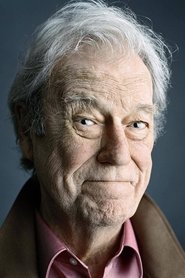

Newfoundland Scene(1951)
A Tale of Outport Adventure
A portrait of Newfoundland that records a way of life that has all but disappeared.
Movie: Newfoundland Scene
Top 2 Billed Cast
Narrator

Newfoundland Scene
HomePage
Overview
A portrait of Newfoundland that records a way of life that has all but disappeared.
Release Date
1951-01-02
Average
0
Rating:
0.0 startsTagline
A Tale of Outport Adventure
Genres
Languages:
EnglishKeywords
Similar Movies
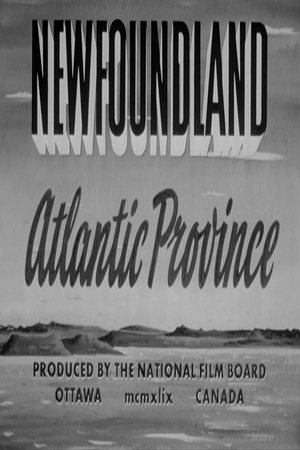 0.0
0.0Newfoundland: Atlantic Province(en)
With simple ceremony on Parliament Hill, Ottawa, Newfoundlanders are welcomed as fellow-Canadians. Prime Minister St. Laurent starting off the carving of Newfoundland's coat of arms in the tenth and formerly blank shield over the entrance to the Parliament Buildings, writing in stone another chapter of Confederation. So begins this survey of Canada's tenth province, Newfoundland, its resources and how its people live. The film takes us to St. John's, Corner Brook, Bell Island, and includes a visit to Labrador where we see the giant airport at Gander.
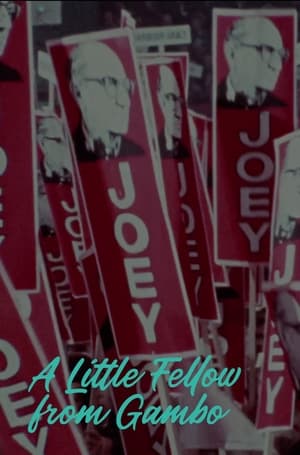 0.0
0.0A Little Fellow from Gambo: The Joey Smallwood Story(en)
This feature-length documentary paints a lively portrait of Father of Confederation and first premier of Newfoundland Joseph Roberts Smallwood, or "Joey," as he is known to most Canadians. Following one of Canada’s most colourful political figures during a two-and-a-half-month period that included a stormy Liberal leadership convention, the film reveals a man misunderstood even by his close associates.
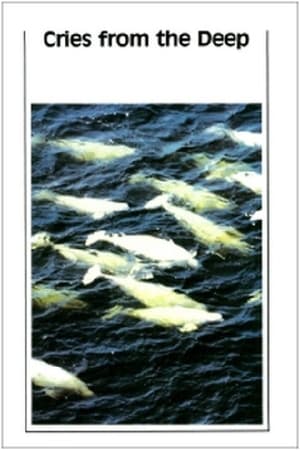 0.0
0.0Cries from the Deep(fr)
This documentary records the journey undertaken by Jacques Cousteau, his 24-member team, and an NFB film crew to explore the Grand Banks of Newfoundland, one of the world's richest fishing areas. They discover shipwrecks, film icebergs and observe beluga whales, humpback whales and harp seals. The film also includes a fascinating sequence showing Calypso divers freeing a calf whale entrapped in a fishing net.
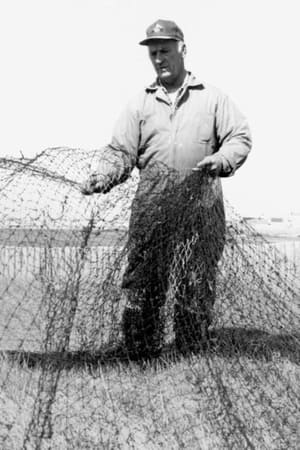 0.0
0.0Taking Stock(en)
It was a way of life. It was the backbone of a society. And then the cod fishery off the east coast of Newfoundland collapsed. Taking Stock traces the history leading up to the crisis and the calling for a moratorium of the northwest Atlantic cod fishery. It presents the key players in this complex and tragic story, focusing on those who are now trying to come to grips with an uncertain future. How did the calamity happen? What signals did we ignore? Did we chose the right model in setting up an industry? Ultimately, Taking Stock holds a message for the Canadian as well as the global community: In trying to attain economic success, we must recognize that there are limits to how far we can exploit nature's delicate ecosystems.
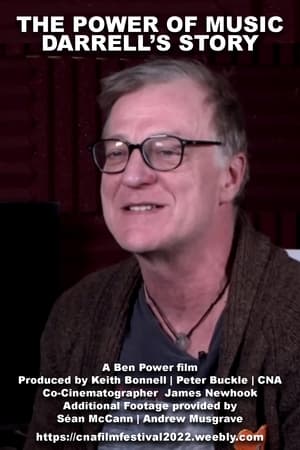 10.0
10.0The Power Of Music - Darrell's Story(en)
Ben Power interviews his father, Darrell Power of Great Big Sea, and asks what it was like on the road, being away from his family, and how being in one of the most memorable Newfoundland bands shaped his life.
 0.0
0.0The Last Chinese Laundry(ab)
A documentary from 1987 featuring the life of early Chinese immigrants to the island of Newfoundland.
 10.0
10.0Trail of the Caribou(en)
CBC News Newfoundland Labrador's documentary entitled “Trail of the Caribou” traces the journey of the brave men of the Newfoundland Regiment. Created to mark the 100th anniversary of the Battle of Beaumont-Hamel, the movie gives a detailed account of the role the Regiment played in the First World War, putting faces to the story. Since the War, Caribou statutes were constructed in Europe to memorialize the significant places the Newfoundland Regiment fought. Trail of the Caribou transports the viewers to these places to trace the footsteps of the Newfoundland soldiers.
Eye of the Storm(en)
A documentary about Nain, a Labrador Inuit community located near the world's largest nickel and copper deposits. As commercial mining interests prepare to exploit the resources, local residents consider the potential environmental and cultural impact. Meanwhile longstanding Aboriginal land claims are unsettled.
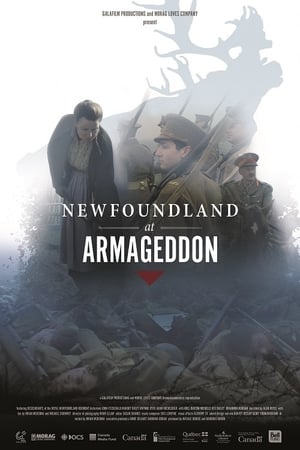 0.0
0.0Newfoundland at Armageddon(en)
On July 1st, 1916, the Newfoundland Regiment took part in a massive First World War offensive on the Somme, led by the British. At Beaumont Hamel the regiment was nearly wiped out, as only 110 of 780 soldiers survived the day. To commemorate its 100th anniversary, Brian McKenna’s documentary film tells the story of this epic tragedy. Using a technique that brings new meaning to reenactment, McKenna recruits descendants of soldiers who fought this battle, offering them a unique opportunity to relive the experience of their ancestors in trenches built specifically for the film.
The Bear Inside a Whale(en)
Stan Hill Jr. is a Haudenosaunee artist living in Miawpukek First Nation Reserve, Conne River, Newfoundland. In “The Bear Inside a Whale,” he and his family discuss racism, identity, religion, creation and art, along with the cultural extinction of the Beothuk of Newfoundland. Throughout the film, we follow Stan carving a bear out of a whale vertebra. And we visit The Rooms (museum) in St. John’s, Newfoundland, where Stan talks about viewing and reclaiming Indigenous artefacts.
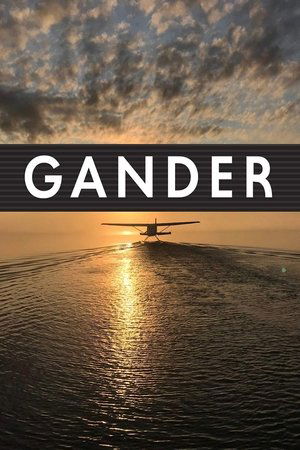 10.0
10.0Gander International: The Airport in the Middle of Nowhere(en)
In 1938 an airfield was built at the northeastern-most end of America, the descent went slowly but incessantly through the Cold War. This is the story of how its inhabitants gradually moved away from the great world stage and had to reinvent themselves as well as their home town.
Another Man’s Treasure(en)
One man's hat is another man's treasure when it comes to the importance and significance of saving items of historic value.
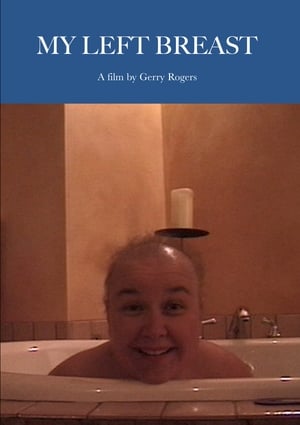 1.0
1.0My Left Breast(en)
Gerry Rogers, a filmmaker in Newfoundland, documents her personal battle with breast cancer. With her partner Peggy and lots of support from family and friends, she makes her way to recovery.
 10.0
10.0The Little Church That Could(en)
Amidst a mostly Catholic community, a small tiny Anglican church offers more to the community of Placentia than people may think, and holds many connections and history to the rest of the world.
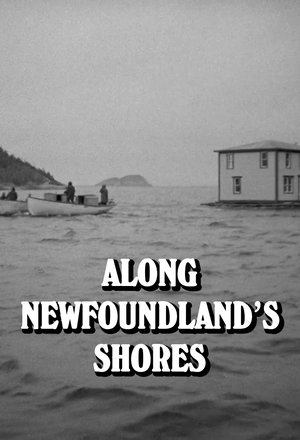 0.0
0.0Along Newfoundland's Shores(en)
This short documentary includes three vignettes about life off the coast of Newfoundland. In Island of Birds, we visit Green Island, a sea bird sanctuary where puffins frolic. In Caplin Harvest, little silvery fish called caplin spawn by washing ashore along the waves, making an easy catch for fishermen. In Outports on the Move, off-shore houses are pried loose from their foundation and floated to the Newfoundland mainland, where schools, hospitals, stores and services are available to the community.
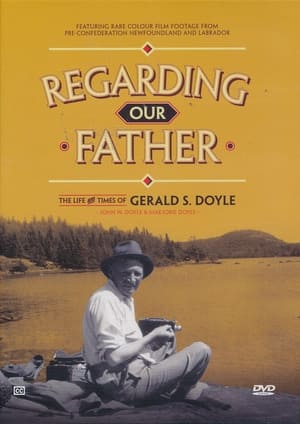 0.0
0.0Regarding Our Father(en)
Gerald S. Doyle was one of the first collectors of Newfoundland folk songs. He was also an avid cinematographer who left a collection of 12 hours of colour film, shot in outport Newfoundland and Labrador in the 1930's, 40's, and 50's.
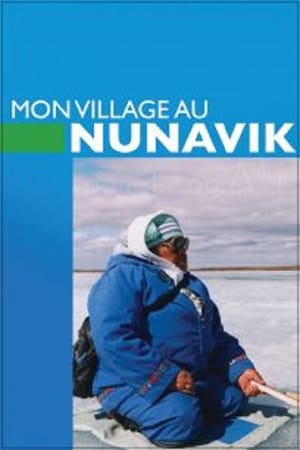 0.0
0.0My Village in Nunavik(en)
Shot during three seasons, Kenuajuak's documentary tenderly portrays village life and the elements that forge the character of his people: their history, the great open spaces and their unflagging humour. Though Kenuajuak appreciates the amenities of southern civilization that have made their way north, he remains attached to the traditional way of life and the land: its vast tundra, the sea teeming with Arctic char, the sky full of Canada geese. My Village in Nunavik is an unsentimental film by a young Inuk who is open to the outside world but clearly loves his village. With subtitles.
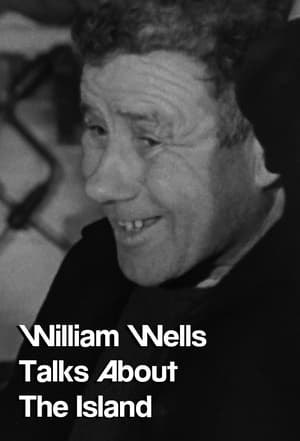 0.0
0.0William Wells Talks About The Island(en)
William Wells defends the viability of Fogo Island and expresses his apprehension about the exodus of young people.
 0.0
0.0The Death of Jack Astor(en)
Documentation of the legendary all ages hardcore punk show held at a Jack Astor's Sports Bar & Grill during operating business hours in St. John's, Newfoundland. Featuring performances from local hardcore heavyweights Carnage, GlitterGlue, Buck 50'd, and the debut performance of Life Jolt.
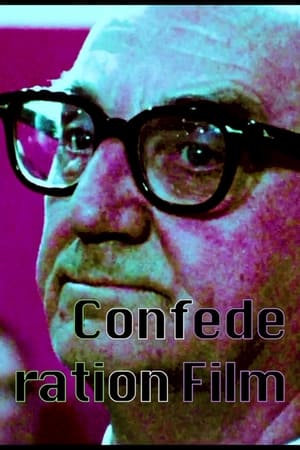 0.0
0.0Confederation Film(en)
Short doc/essay film exploring Newfoundland's relationship to film before and after confederation.
